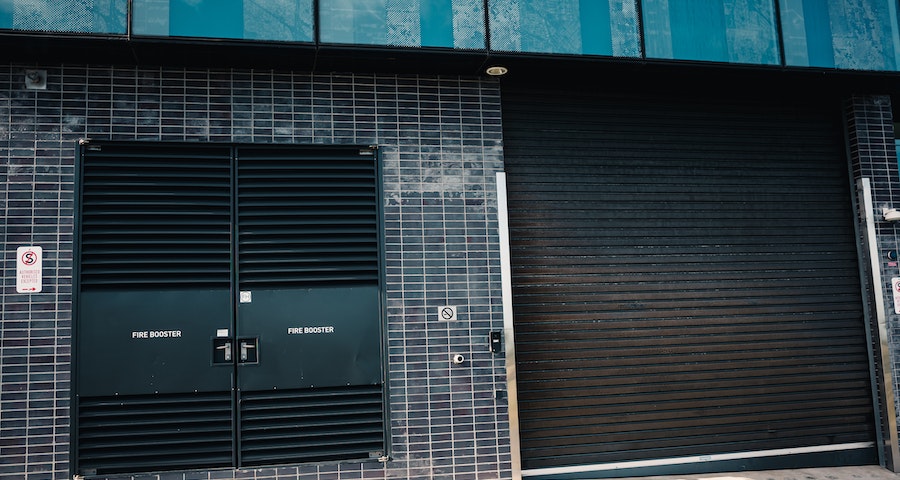
The importance of fire safety cannot be overstated. Fires can occur in any building, and when they do, they can cause severe damage to the property, as well as harm to individuals who might be present. It is, therefore, crucial for property owners to take the necessary measures to ensure that their buildings are equipped with the best possible fire safety measures.
One essential element of fire safety is the installation of fire rated doors. But when are fire rated doors required, and how do you know if your building needs them? This blog post will provide detailed answers to these questions and more.
Fire rated doors are designed to withstand a certain level of heat and flames for a specific period of time, enabling them to act as a barrier that can prevent the spread of fire. There are specific requirements for when fire-rated doors are mandatory, as well as different types of fire-rated doors that are suitable for different building types and uses. Fire rated doors are typically required in two situations, namely, when building codes require them, and when circumstances make them necessary.
Building codes usually require fire-rated doors in certain parts of buildings, such as staircases, corridors, and other locations that serve as Fire Emergency Access Routes (FEAR). The International Building Code (IBC), for example, prescribes that all corridors, stairwells, and doors leading to hazardous areas be fitted with fire rated doors. Similarly, the National Fire Protection Association (NFPA) requires certain rooms, such as electrical and mechanical rooms, to be equipped with fire rated doors.
Apart from code requirements, there are instances where it is necessary to install fire-rated doors, regardless of whether they are specifically mandated or not. For instance, such doors may be necessary when buildings are constructed in close proximity or when the area surrounding the building is deemed vulnerable. In such cases, the installation of fire-rated doors will provide an additional layer of protection that could prevent the spread of fire.
In addition to building codes and specific circumstances, different types of buildings have different requirements for fire-rated doors. Commercial buildings, for instance, must have fire-rated doors fitted in specific areas as required by building codes or local regulations. Educational facilities have similar requirements, but there are additional safety measures to consider. Fire-rated doors, for example, should also be installed in labs, kitchens, and other high-risk areas.
Industrial buildings, on the other hand, have their distinct set of regulations but also have the added complexity of various types of equipment, machinery, and materials that could escalate the spread of fire. As such, fire-rated doors work alongside fire suppression and detection systems to ensure that the risk of a fire happening is minimized.
Conclusion
Fire rated doors are a necessary component of any building’s fire safety strategy. The installation of such doors is a requirement in certain building codes and is necessary in some circumstances to prevent the spread of fire. Different types of buildings have their unique requirements for when and where fire-rated doors must be installed. By understanding these requirements, building owners can better ensure that their structures have the necessary level of protection against the threat of fire. In summary, as a property owner or builder, always ensure that you are familiar with applicable fire safety standards and regulations, as well as local building codes, to provide maximum fire safety.
